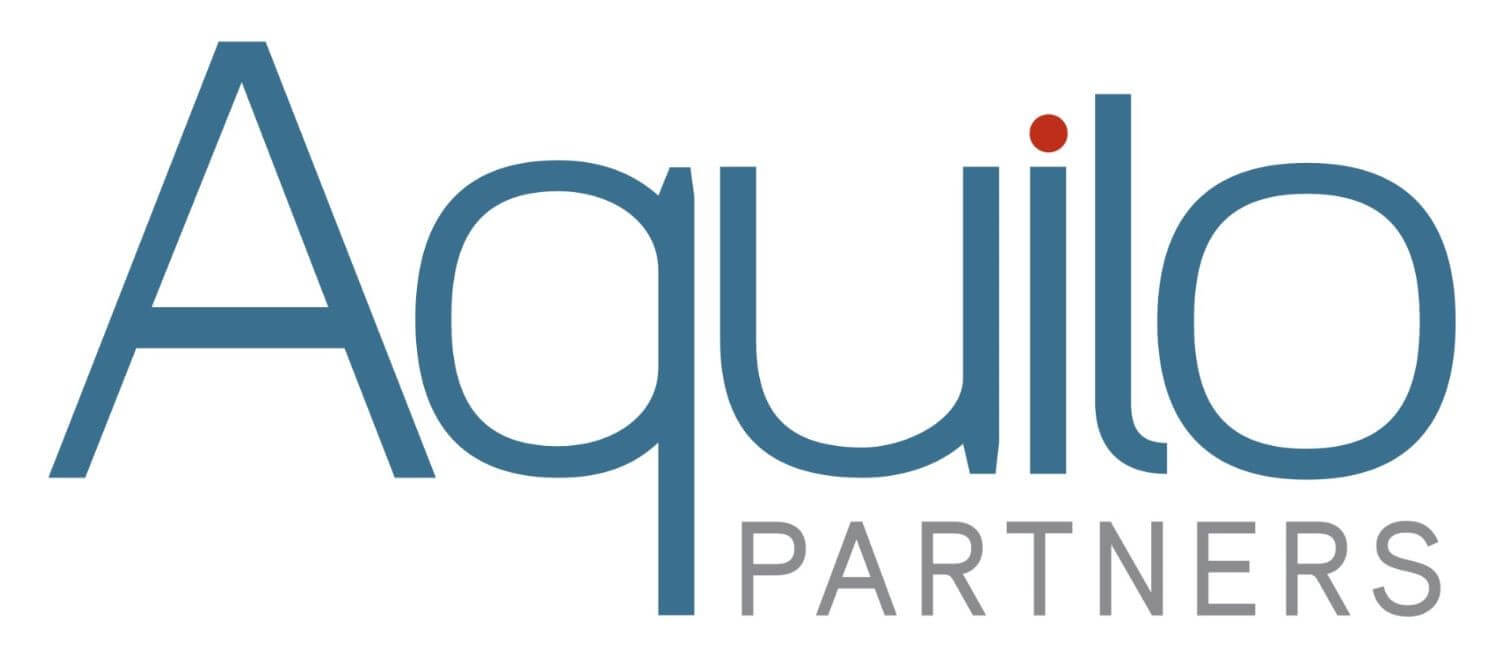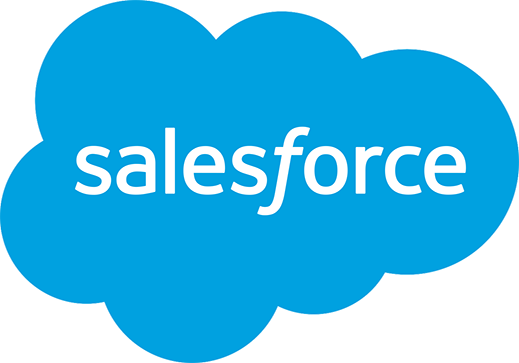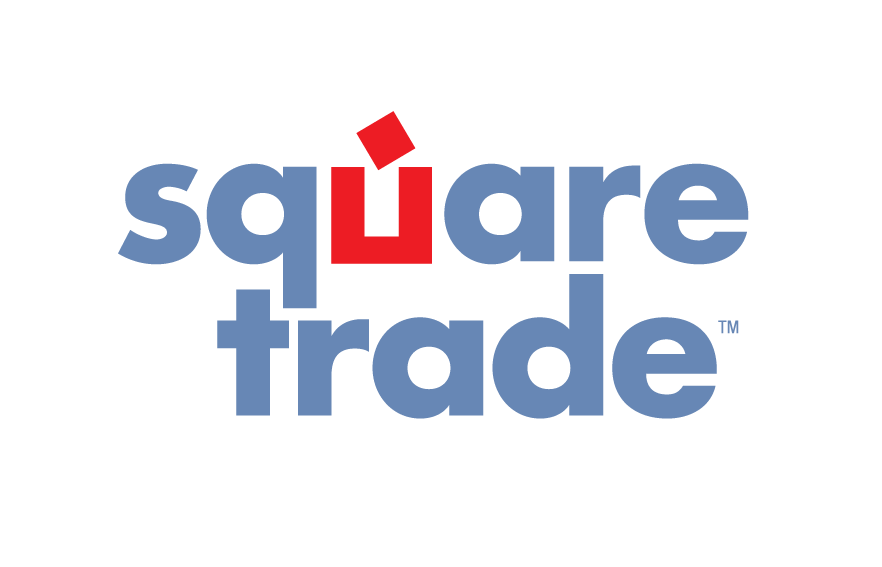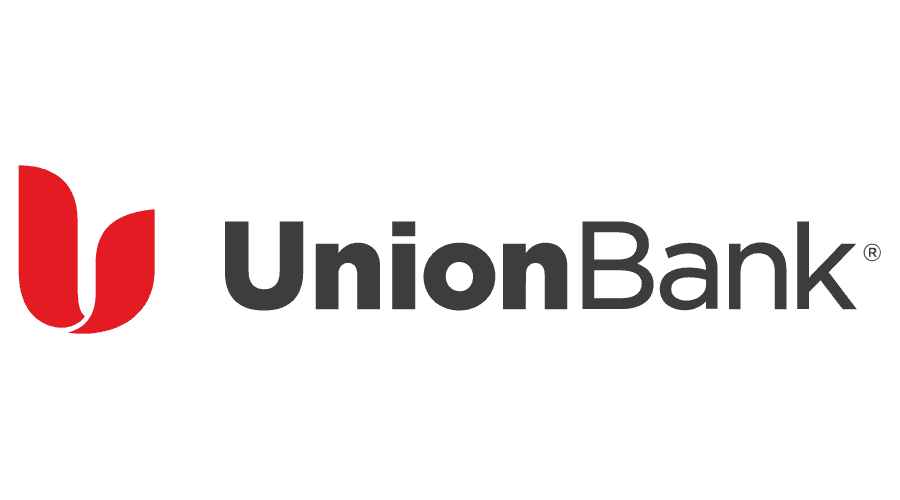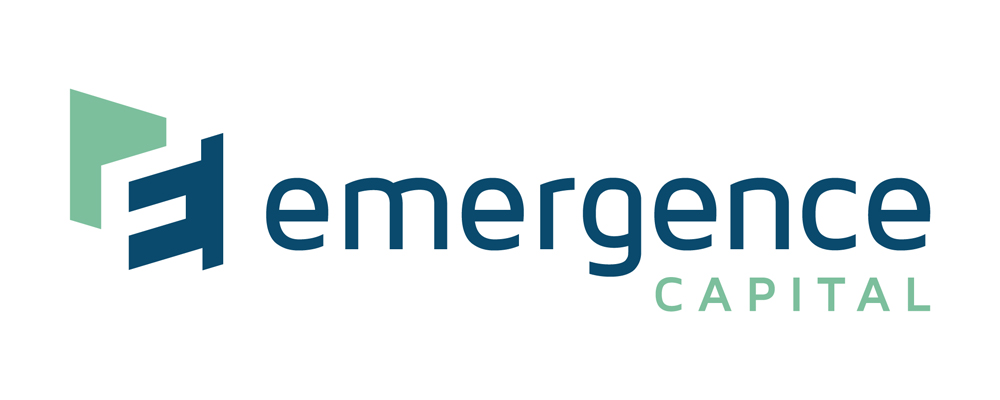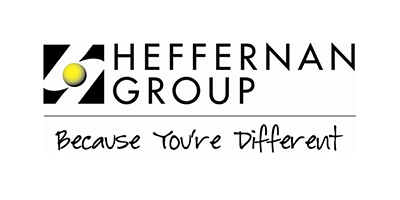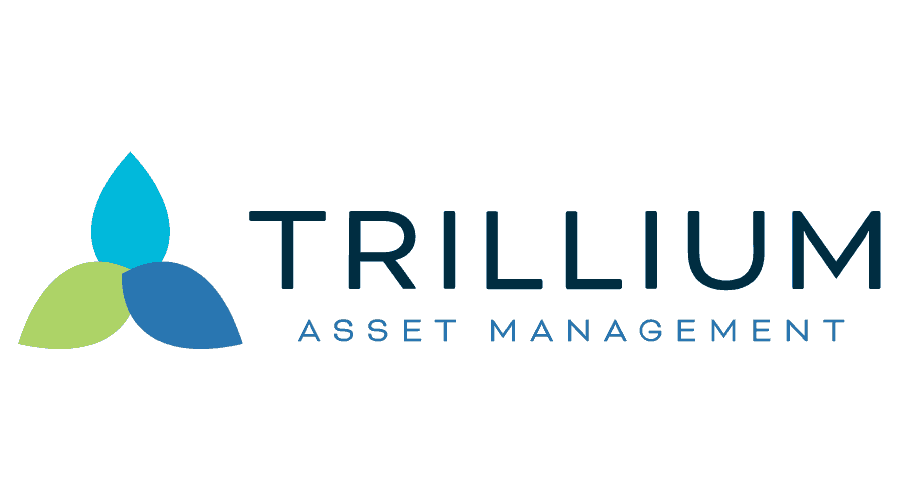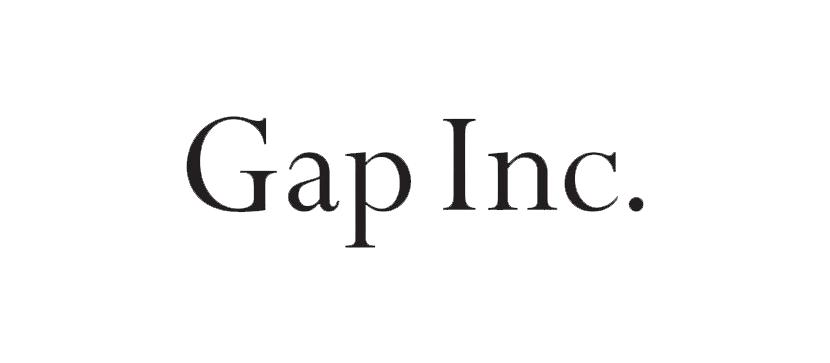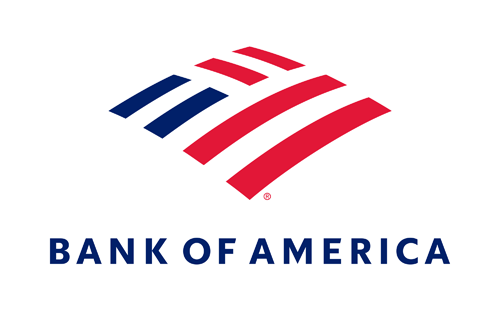The Universal Benefits of the Use of Benefits
 On February 9th I joined St. Anthony’s colleagues Colleen Rivecca and Franky Fardella at the historic Crest Theater in Sacramento for the 2011 CalFresh Forum, a day-long conference examining the current state of California’s food stamp program. Much of the forum focused on California’s painfully low food stamp enrollment rate, and all of the conference’s panelists spoke with urgency about what our state can and should do in order to get more Californians enrolled in CalFresh (the new name for the Food Stamp program). These activities include outreach to those who may not know they’re eligible, and streamlining enrollment and eligibility verification processes so more people can get enrolled faster, and with less of a hassle.
On February 9th I joined St. Anthony’s colleagues Colleen Rivecca and Franky Fardella at the historic Crest Theater in Sacramento for the 2011 CalFresh Forum, a day-long conference examining the current state of California’s food stamp program. Much of the forum focused on California’s painfully low food stamp enrollment rate, and all of the conference’s panelists spoke with urgency about what our state can and should do in order to get more Californians enrolled in CalFresh (the new name for the Food Stamp program). These activities include outreach to those who may not know they’re eligible, and streamlining enrollment and eligibility verification processes so more people can get enrolled faster, and with less of a hassle.
The forum was eye-opening for me. I’ve always believed in the necessity of public benefits to keep vulnerable members of a community afloat, but had never stopped to closely consider what it really means when someone who is eligible for food stamps fails to receive them. I assumed that, while it was certainly unfortunate for people to go without help they surely needed, there was no net loss for society. I thought that somewhere down the line, money was being saved.
The lesson I took away from the CalFresh forum is that a low food stamp enrollment rate is actually very costly for any community. Food stamps are federally-subsidized and spur money to be spent locally, boosting local economies and benefitting businesses in low-income neighborhoods. In California, 50% of those who are eligible for food stamps don’t receive them. If our state were to have 100% enrollment, l0w-income Californians would receive an additional $4.9 billion in federal benefits, which would actually translate to more than $8.7 billion in economic activity in the communities of needy residents. Food stamp use is good for the economy.
It is also very costly for all of us to have neighbors, friends, and fellow citizens be unable to feed themselves adequately and nutritiously. This cost makes itself apparent in strains on medical care and social services for those facing food insecurity. More than half of the 26 million people in America receiving food stamps are children. The negative effects of hunger among children during crucial periods of physical, mental, and social development are devastating and far-reaching. None of us can afford the economic or moral cost of 1 in 5 kids in the U.S. lacking adequate access to food.
What this means is that we all need to be advocates for making CalFresh easier to access and use. We should vocalize our support for the CalFresh Act of 2011, which will mandate the move from quarterly to semi-annual reproting, requiring less paperwork and administrative work for benefits to be approved, and will also eliminate the fingerprint imaging requirement for food stamp applicants. We should also challenge the harmfully widespread assumption that our food stamp program is wasteful, an undue burden on the economy, or is a handout program for those who opt out of trying to work. In reality, food stamps are used by seniors, the disabled, the working poor and low-income families. They are a vital resource for people who would go hungry without them, and their availability and use is essential to the well-being of our society. Like it or not, we live in an inter-connected world, and it’s a good thing for all of us when benefits are accessed by those of us who need them.











